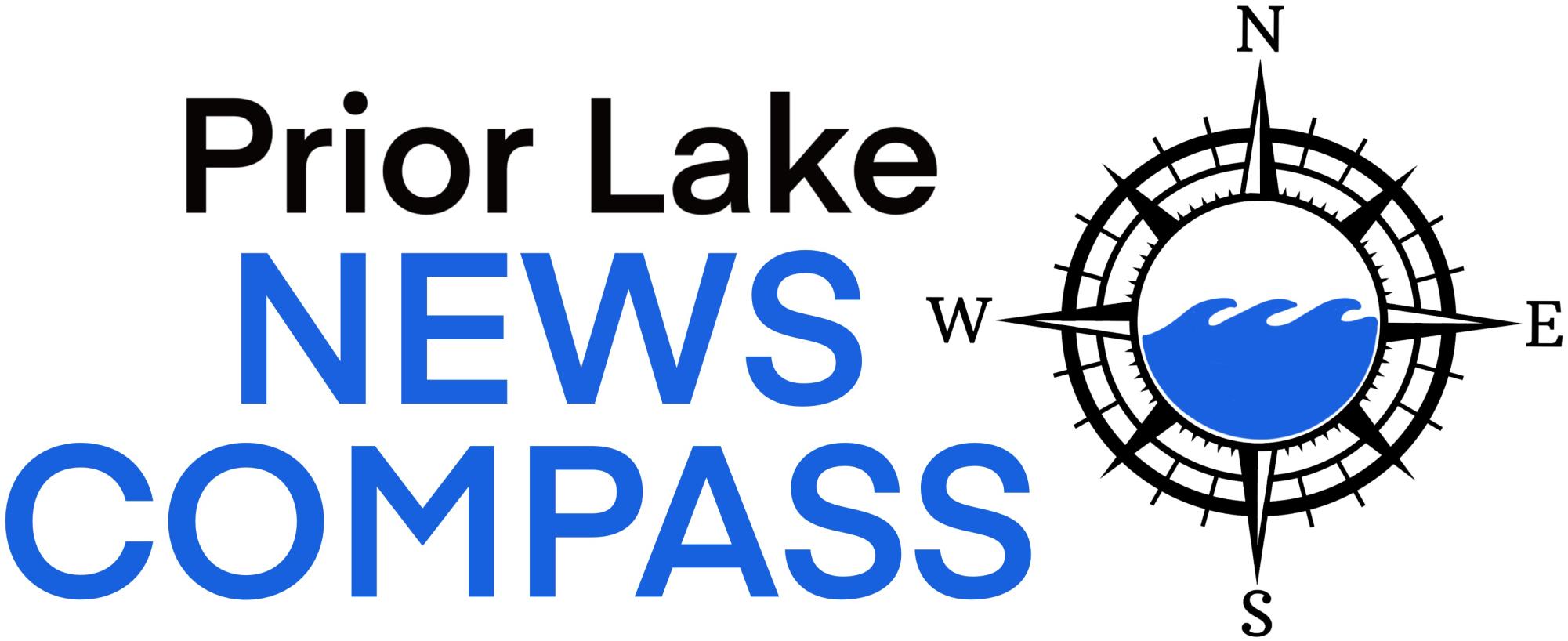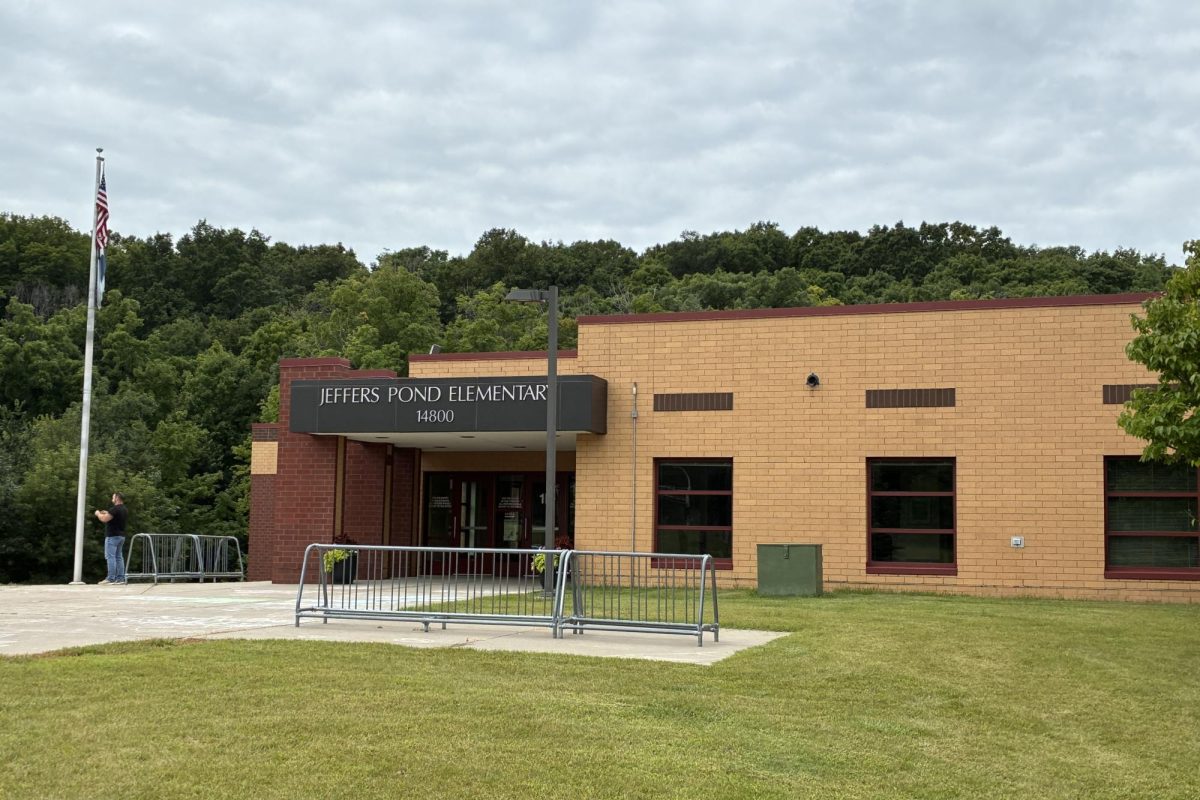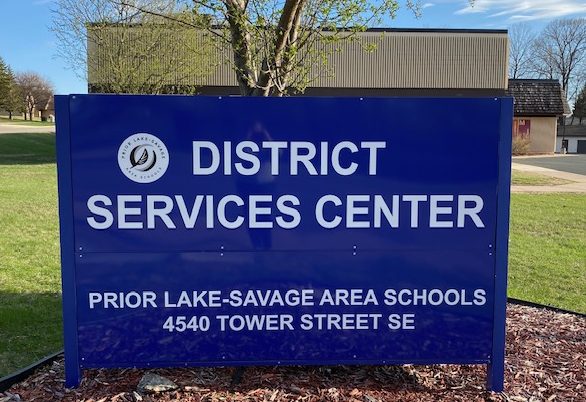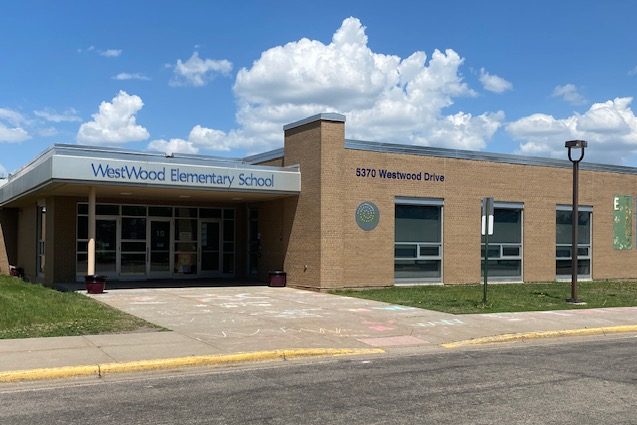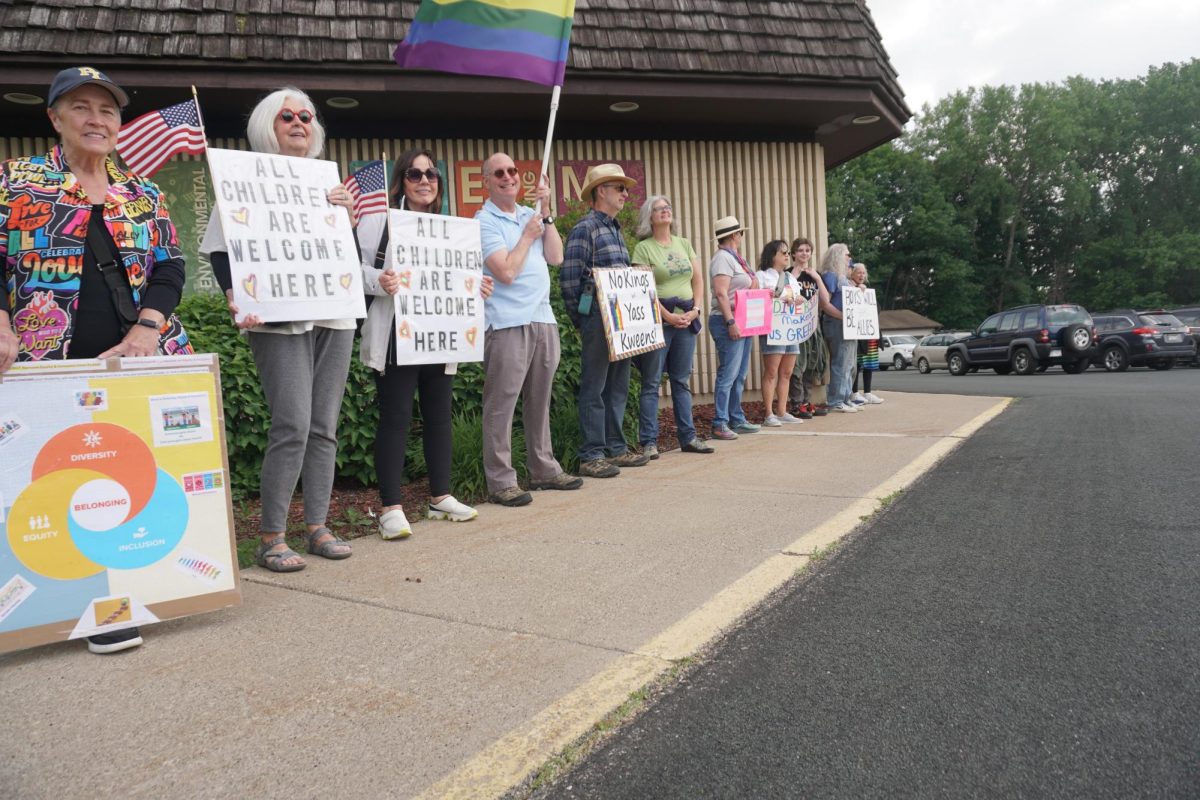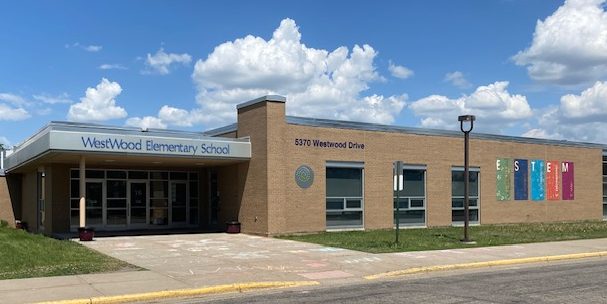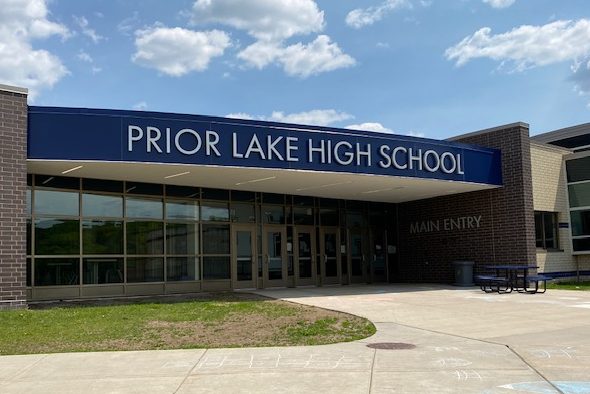Board members of the Prior Lake-Savage Area School District got their first view on Oct. 13 of what new elementary attendance boundaries could look like at the start of the coming school year.
Director of Operational Services Dan Powers provided detailed information regarding the five possible options being considered by the district, along with the pros and cons for each.
The parameters of each made certain all had contiguous boundaries, were within capacity boundaries and included four sections of each grade at each building, according to Powers. He added that there would be equal access to programs and learning opportunities throughout the district. The final criteria mandated earlier stated there could not be a significant increase in transportation costs incurred by the district.
What follows is a breakdown of each scenario prepared by the district following the board’s decision to close WestWood Elementary as a neighborhood school several months ago:
Scenario A moves most of the WestWood students into Five Hawks. While it affected the smallest number of students (437), the challenge presented with this option was the large increase in transportation costs. A minimum of four additional buses would need to be purchased at a cost of at least $1 million each.
Scenario B would distribute the students from WestWood to other elementary schools throughout the district. This option was not considered “future proof,” Powers said, meaning that the boundaries would most likely have to be changed in the future as the district’s student population expands. He said the district has typically made boundary changes approximately every five years, but it was his desire to make whatever option is chosen to last longer. A total of 1,618 students’ school start times at two schools would change, the largest challenge to Scenario B since it would impact, Powers added.
Scenarios C and D have similar challenges to Scenario B. Both are not considered to be future-proof from enrollment swings and would require a change in the start times for two locations. Scenario C would affect 1,570 students and Scenario D would impact 1,609 students.
Scenario E is the option that is projected to offer the most stability in accommodating future enrollment numbers throughout the district, along with the most balanced enrollment numbers throughout all district elementary schools, Powers said. A total of 635 students are estimated to be affected by this option. It does not require a start time change for any schools and the bus rides would be slightly shorter.
Included in the presentation was discussion about SAGE Academy for fifth grade gifted and talented students who through this school year attend WestWood Elementary. The assessment queried whether a different school within the district may work better. All of the five options projected the program to remain at WestWood.
Powers reiterated that there would be no grandfathering in for In-District Transfer (IDT) students to their current 2025-26 schools. Those students would be placed in their home schools with the ability to request their preferred school through the current IDT process. Students who are currently open-enrolled were included in the calculation of total students served by the district.
Board member Amy Bullyan asked about Powers’ statement that the district has had boundary changes on an average of every five years. He said the last boundary change occurred in 2020 when Hamilton Ridge Elementary first opened. Other boundary changes previously occurred when Redtail Ridge and Jeffers Pond elementaries were opened.
Board member Lisa Atkinson inquired about the district’s desire to keep the schools’ capacity at 80% and should any reach that threshold, would open enrollment requests still be considered. Superintendent Michael Thomas said the current capacity goal was set at 80-85% to allow for the possibility of future growth as well as open-enrolled students.
Questions related to transportation costs and travel times were directed by board members Jessica Mason and Charles Johnson. Powers said he had a discussion with the transportation company and found that all scenarios, other than Scenario E, would likely come with an increase in costs, but final numbers will not be available until all routes were confirmed. As indicated in previous discussions related to boundary changes, the goal for student ride times is 30 minutes or fewer. Scenario E had bus ride times closer to 25 minutes and Scenario A would be 40-45 minutes if the district did not add more buses, according to Powers.
Thomas added that since the number of buses would remain the same for all of the scenarios other than Scenario A, the overall cost of transportation is expected to be similar. The ultimate goal would be to find a solution for the district’s transportation costs issues, Thomas said, and the district is having a third-party audit of the current transportation contract and routes which will be shared with the board when completed.
Powers presented the scenario maps along with the updated analysis on Oct. 14 to the Finance and Operation Committee which is charged with deciding upon the top two options that will be presented to the board for review and discussion during the Oct. 27 study session. A decision on the attendance boundary plan that will be in place for the 2026-27 school year is expected to be made during the Nov. 10 PLSAS board meeting.
A link to the full presentation of boundary options that are being considered can be found here.
